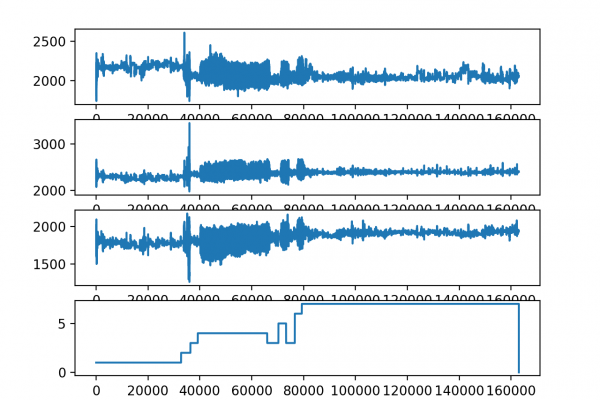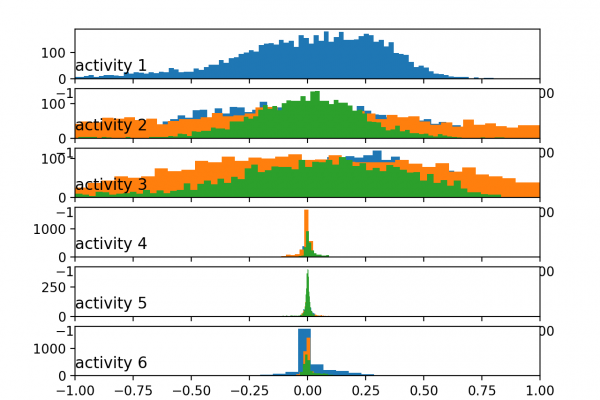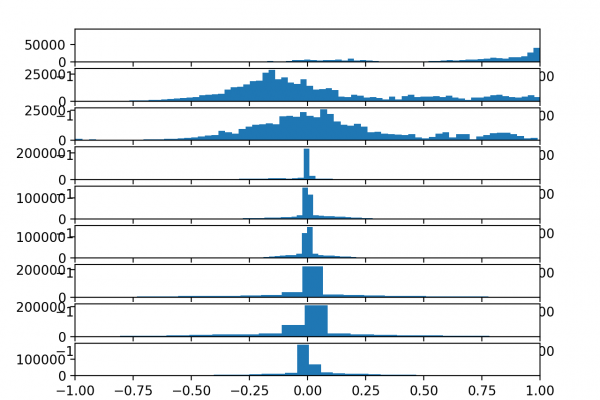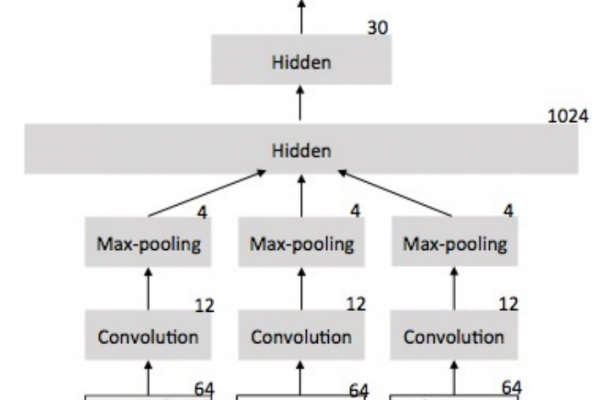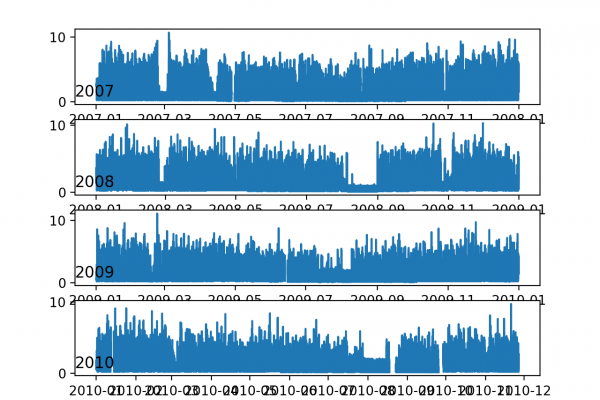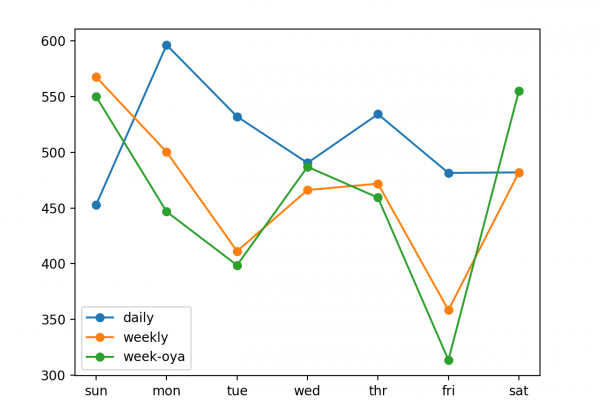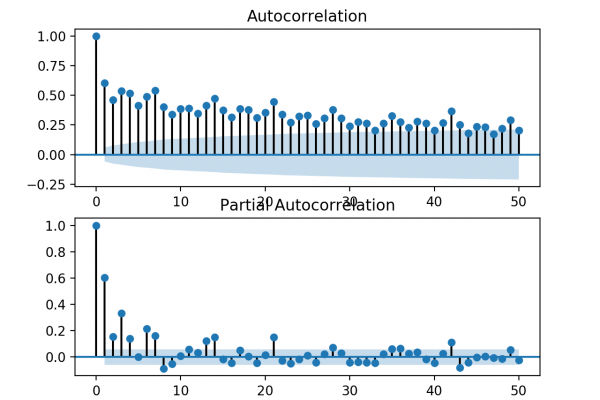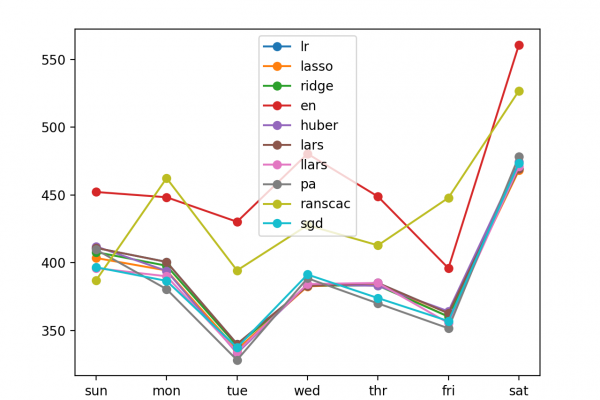A Gentle Introduction to a Standard Human Activity Recognition Problem
Last Updated on August 5, 2019 Human activity recognition is the problem of classifying sequences of accelerometer data recorded by specialized harnesses or smart phones into known well-defined movements. It is a challenging problem given the large number of observations produced each second, the temporal nature of the observations, and the lack of a clear way to relate accelerometer data to known movements. Classical approaches to the problem involve hand crafting features from the time series data based on fixed-size […]
Read more